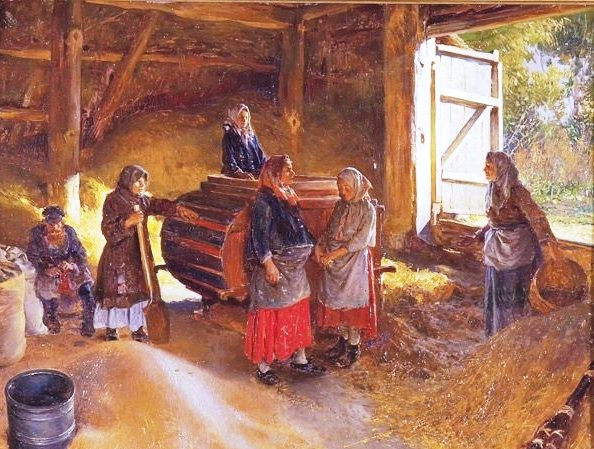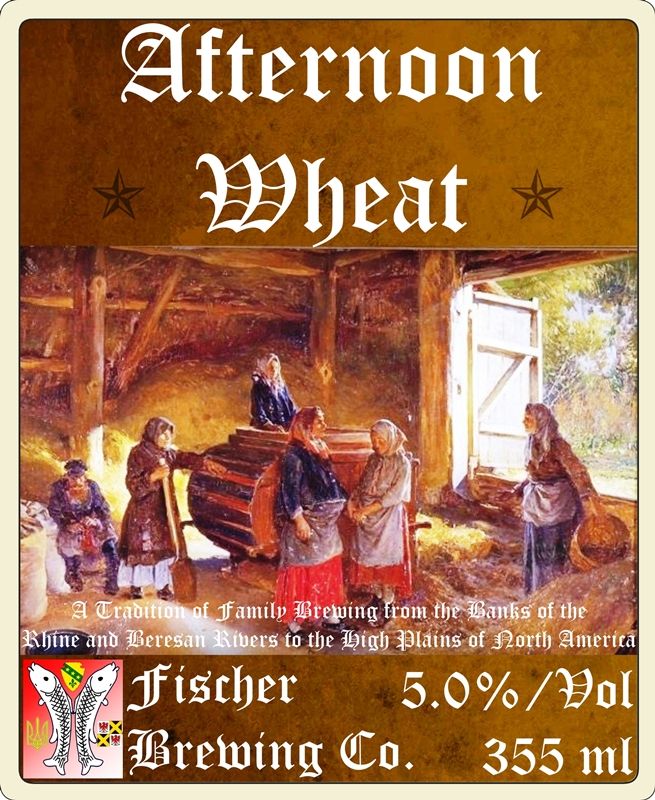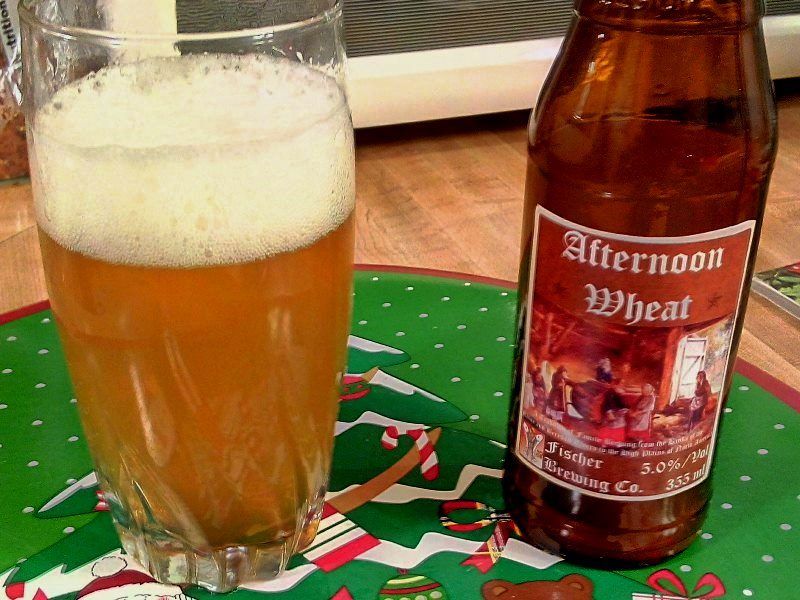TasunkaWitko
Well-Known Member
Brooklyn Brew Shop's Afternoon Wheat - Tips and Advice
The next beer that I will be brewing is Afternoon Wheat, from Brooklyn Brew Shop:

As with all of my "Tips and Advice" threads, this will be a running account of the experience and the things that I learn during the process.
As usual, I'll start with the particulars:
Informational link: http://brooklynbrewshop.com/beer-making-mixes/afternoon-wheat-mix
Instructions: http://brooklynbrewshop.com/directions/Brooklyn_Brew_Shop_Afternoon_Wheat_Instructions.pdf
This all-grain, 1-gallon mix is for a beer that incorporates malted barley and wheat; it is described by Brooklyn Brew Shop as "light-bodied and easy-drinking for all-day sipping." At 5%ABV, it sounds just right to me. It uses Palisade hops, which are primarily an aroma hop described as having grassy, apricot and floral characteristics. I like the idea, and think that it should make a good end-of-summer beer, if it is as advertised. The yeast that comes with the kit is a pretty generic, fast acting strain - I think that it is a version of S33 or maybe S05, but please do not quote me on that. I might use that yeast, or I might substitute a half-packet of Bavarian yeast that I have; the beer seems to be an American style wheat beer, but I tend to colour outside the lines a bit, anyway.
Because this mix is not in either of BBS's recipe books, I do not have much in the way of stats; however, according to the website, the OG is 1.051 and the FG is 1.013.
I haven't really thought about adding anything to this beer; I usually like to just brew them straight, so I can see what they are like. Having said that, it occurred to me in the last few minutes that this beer might be interesting if I add a couple of pitted and chopped apricots - or perhaps some wild prairie rose petals - at the end of the boil. Either addition would be seasonal, and would certainly keep things within my usual interest in brewing beers with the local terrior in mind; wild prairie roses have been a common sight all of my life here in Montana, and this time of year is when we see fruit stands selling wonderful, fresh orchard fruits all over the more temperate areas of the state. This is a brand-new idea, and I might not do it; but I am considering it, as of now.
As always, I welcome any comments, suggestions or feedback on this - if anyone is interested, please feel free to chime in, or simply follow along.
More as it happens, etc. &c....
Ron
The next beer that I will be brewing is Afternoon Wheat, from Brooklyn Brew Shop:

As with all of my "Tips and Advice" threads, this will be a running account of the experience and the things that I learn during the process.
As usual, I'll start with the particulars:
Informational link: http://brooklynbrewshop.com/beer-making-mixes/afternoon-wheat-mix
Instructions: http://brooklynbrewshop.com/directions/Brooklyn_Brew_Shop_Afternoon_Wheat_Instructions.pdf
This all-grain, 1-gallon mix is for a beer that incorporates malted barley and wheat; it is described by Brooklyn Brew Shop as "light-bodied and easy-drinking for all-day sipping." At 5%ABV, it sounds just right to me. It uses Palisade hops, which are primarily an aroma hop described as having grassy, apricot and floral characteristics. I like the idea, and think that it should make a good end-of-summer beer, if it is as advertised. The yeast that comes with the kit is a pretty generic, fast acting strain - I think that it is a version of S33 or maybe S05, but please do not quote me on that. I might use that yeast, or I might substitute a half-packet of Bavarian yeast that I have; the beer seems to be an American style wheat beer, but I tend to colour outside the lines a bit, anyway.
Because this mix is not in either of BBS's recipe books, I do not have much in the way of stats; however, according to the website, the OG is 1.051 and the FG is 1.013.
I haven't really thought about adding anything to this beer; I usually like to just brew them straight, so I can see what they are like. Having said that, it occurred to me in the last few minutes that this beer might be interesting if I add a couple of pitted and chopped apricots - or perhaps some wild prairie rose petals - at the end of the boil. Either addition would be seasonal, and would certainly keep things within my usual interest in brewing beers with the local terrior in mind; wild prairie roses have been a common sight all of my life here in Montana, and this time of year is when we see fruit stands selling wonderful, fresh orchard fruits all over the more temperate areas of the state. This is a brand-new idea, and I might not do it; but I am considering it, as of now.
As always, I welcome any comments, suggestions or feedback on this - if anyone is interested, please feel free to chime in, or simply follow along.
More as it happens, etc. &c....
Ron






